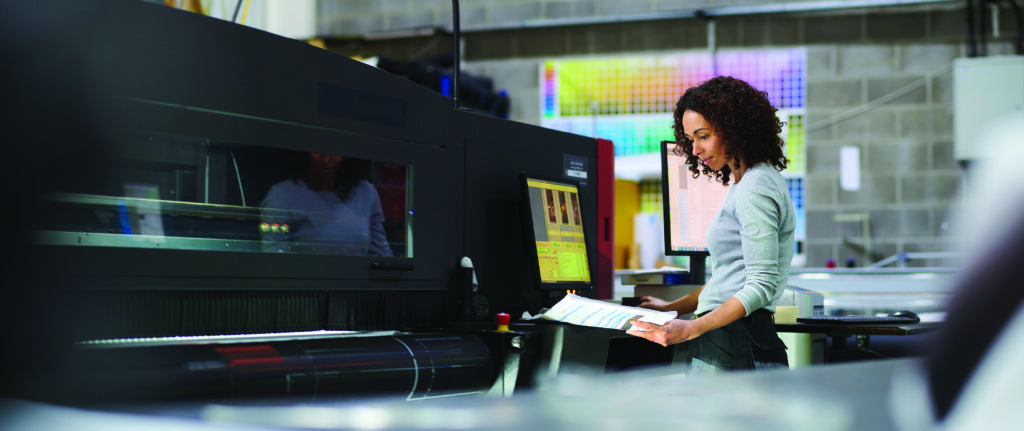
Features
Digital Printing
Packaging
Printing
Digital hasn’t yet delivered
It’s been a bumpy ride on the digital highway for corrugated packaging
April 12, 2024 By Robert Seay
 Digital print must add new value and improve cost structure to compete with optimized analog processes to get large orders. Photo © sturti / E+/ Getty Images
Digital print must add new value and improve cost structure to compete with optimized analog processes to get large orders. Photo © sturti / E+/ Getty Images Digital print has been promising broad transformation in corrugated for a long time. Significant progress has been made, but digital print still only represents and addresses a small subset of corrugated print needs. New approaches are needed to broaden the reach and value of digitally printed corrugated packaging.
Digital print transformation in the corrugated industry has been a promise waiting to happen for many years. Part of the reason for the delay could be the industry has been perceived as having one monolithic set of needs and digital print has been promoted as one generic solution to fit all of those needs. However, all corrugated needs and digital print solutions are not the same.
The reality is much more nuanced. There has been some progress in several use cases and sub-markets including high quality graphics, samples, mock-ups, displays, short-run, large format, double-sided print, and supply chain efficiency including turn-around time, but there are still a few other use cases like personalization and variable data that haven’t yielded transformation. Digital print still only addresses a fraction of the overall market for printed corrugated packaging. For this to change, we must address the existing gaps in the overall solution set.
Digital print solutions do not adequately address all substrate, board combinations, and form factors. Special requirements of the printed product like ink holdout, colour, overprint varnish, coefficient of friction, durability, and gluability play a part in what can or cannot be done by any given digital print solution. Specific press limitations might mean something can be done in limited quantities or certain situations but cannot be done at scale and remain cost effective.

Digital print solutions do not adequately address all substrate, board combinations, and form factors. Photo © Drupa
The promise
Digital print was and still is supposed to simplify, streamline, and accelerate the overall graphics, print process, and product development for the corrugated industry. Digital print in corrugated has been most successful in areas in need of disruption including samples, mock-ups, displays, and ultra short runs. However, to get at the bulk of the market, digital needs to contend with what analog printing does well day-in and day-out.
Analog has been incrementally fine-tuned to provide the quality, productivity, reliability, equipment life expectancy, and cost structure that the market recognizes today. Digital print must do something better or different to provide more value than analog.
Finally, digital printing must consider the macro trends and needs of tomorrow. These macro trend requirements are fast turnaround, short run lengths, supply chain efficiency, e-commerce, lightweighting, sustainability, and automation.
The predominant issue with digital print is the production costs for a given run length compared to the analog alternative. For digital to win more broadly, it must look beyond just consumables cost and at reducing overall value chain costs including running costs, maintenance, capital, useful life, and any other steps or parts that can be streamlined.
It is encouraging to see there is a next generation of solutions being developed that will hopefully help make some of the necessary improvements to expand the segments of the market where digital can add value.
For those of us who have been championing digital print and what is possible to transform the corrugated industry, the pace of progress is both encouraging and disappointing. There are pockets of great success, but there is also a lot of work to do to get us to the full transformation that all members of the value chain need.
Robert Seay is the vice-president of digital print strategy and growth at Georgia-Pacific. This article, a part of Drupa’s Essential Series of Print, appeared in the January/February 2024 issue of PrintAction.
Print this page